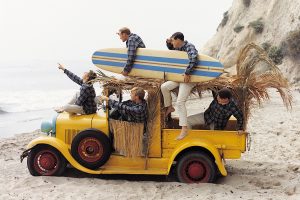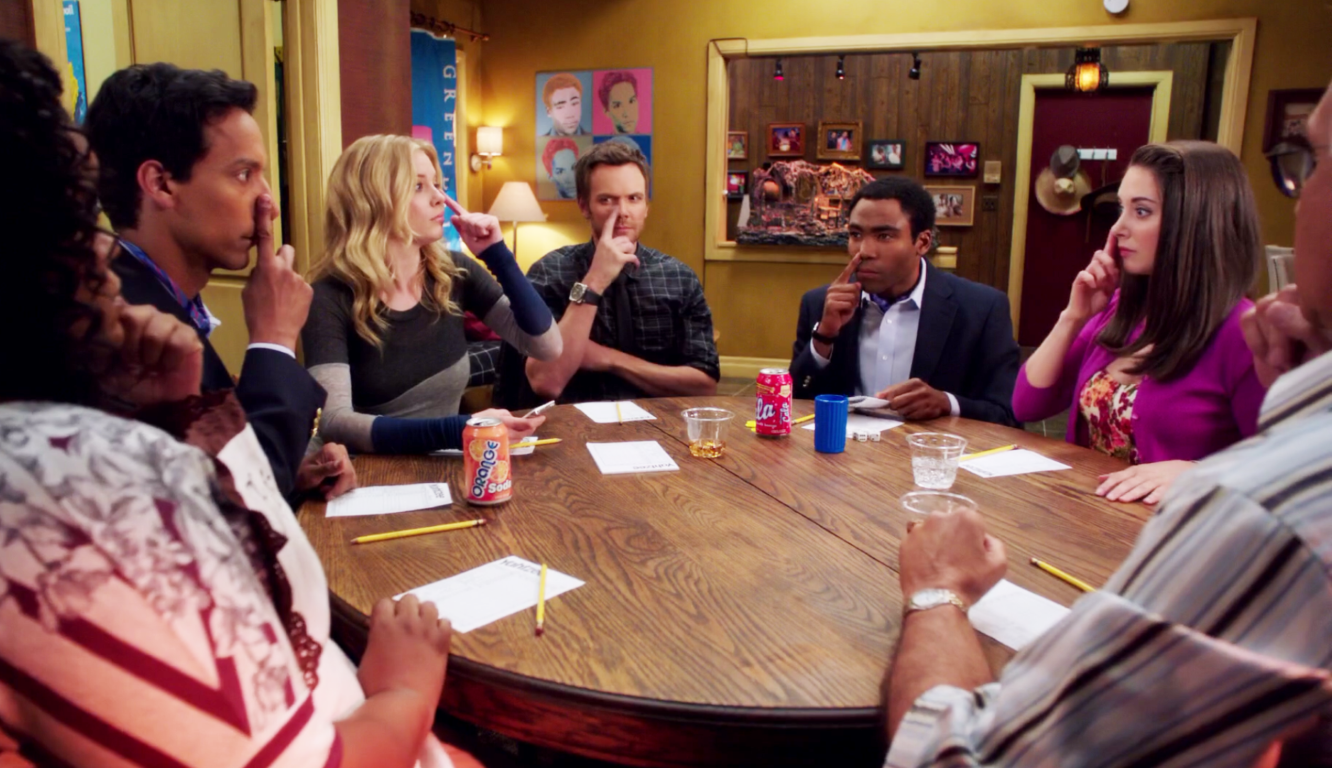
Credit: © Capitol Photo Archives
Surf music’s brief crest of popularity
By Caroline Ho, Arts Editor
With temperatures as scorching as they’ve been recently, few things sound more refreshing than hanging out at the beach all day. Whether or not you can actually make it out to your local sandy shore, we can at least evoke the sensation of waves and cool ocean air with some good old surf music.
Unsurprisingly, the musical genre’s history is tied to the sport of surfing itself. Though it had been practiced for millennia by ancient Polynesians, the sport started to gain a wider international following in the 20th century. As surfboard manufacturing improved after World War II and a few major Hollywood films brought even more attention to the sport, by the early ’60s surfing had become a popular activity with its own culture. The major surfing hotspot in North America outside Hawaii was Southern California, where surf music became the soundtrack for the subculture and beyond.
Music critics divide the genre into two categories, instrumental and vocal. The former was pioneered by Dick Dale, known as “The King of the Surf Guitar,” who was an avid surfer himself. Drawing influences from instrumental rock, country music, and his family’s Middle Eastern roots, Dale and his band The Del-Tones played at a rapid, staccato pace, with heavy use of electric guitars and reverb effects. Dale’s 1961 “Let’s Go Trippin’” is regarded as the first surf music song, and his guitar arrangement of the traditional Eastern Mediterranean tune “Misirlou” (1962) launched the genre to national prominence.
Dale and The Del-Tones’ success paved the way for other instrumental surf groups such as The Bel Airs, The Surfaris, and the Chantays. These California-based bands solidified the characteristics of plucky guitars against swift, uncomplicated meters as hallmarks of instrumental surf.
While the instrumental style of surf music captured the experience of riding the waves, the genre’s vocal branch expressed the beachgoing spirit directly through words. Most influential to vocal surf and by far most memorable today are the Beach Boys, founded in Los Angeles County in 1961. They combined some elements of instrumental surf with layered vocal harmonies, feel-good vibes, and lyrics concerning surfing, beaches, cars, and girls—a full idyllic California lifestyle. Titles such as “Surfin’ USA” (1963) and “California Girls” (1965), sporting lines like “You’d see them wearing their baggies/Huarachi sandals too/A bushy bushy blonde hairdo/Surfin’ USA,” left no question about the group’s interests and creative inspirations.
Vocal surf wasn’t just about surfing: It was about a whole cultural worldview emphasizing aesthetics, leisure, and youthful optimism, promoted by the Beach Boys, rock duo Jan and Dean, and other groups in California and beyond. Some musicians and listeners disdained the association between this vocal style and surf music, arguing that the only true surf music was instrumental, not this blatant, polished pop variant. However, half a century later the Beach Boys remain directly tied to surf music in popular perception today.
The widespread popularity of the genre—with slews of high-charting singles and albums from the Beach Boys and others—was short-lived. As with many things in music history, the arrival of Beatlemania and the British Invasion to the US in the mid-’60s pushed surf out of the musical spotlight. In addition, the growing political turmoil of the decade, with the escalation of the Vietnam War and other international tensions, created an atmosphere where the picturesque mood of surf music lost its appeal in favour of more subversive genres. By the late ’60s, musical tastes had grown out of their blissful, beach-loving phase.
Nevertheless, surf music is still alive. Artists have been writing music influenced by the mellow buoyancy of the genre for decades. Beyond that, ‘60s surf music remains instantly recognizable and reminiscent of that ubiquitous, beachside, wave-riding atmosphere.



